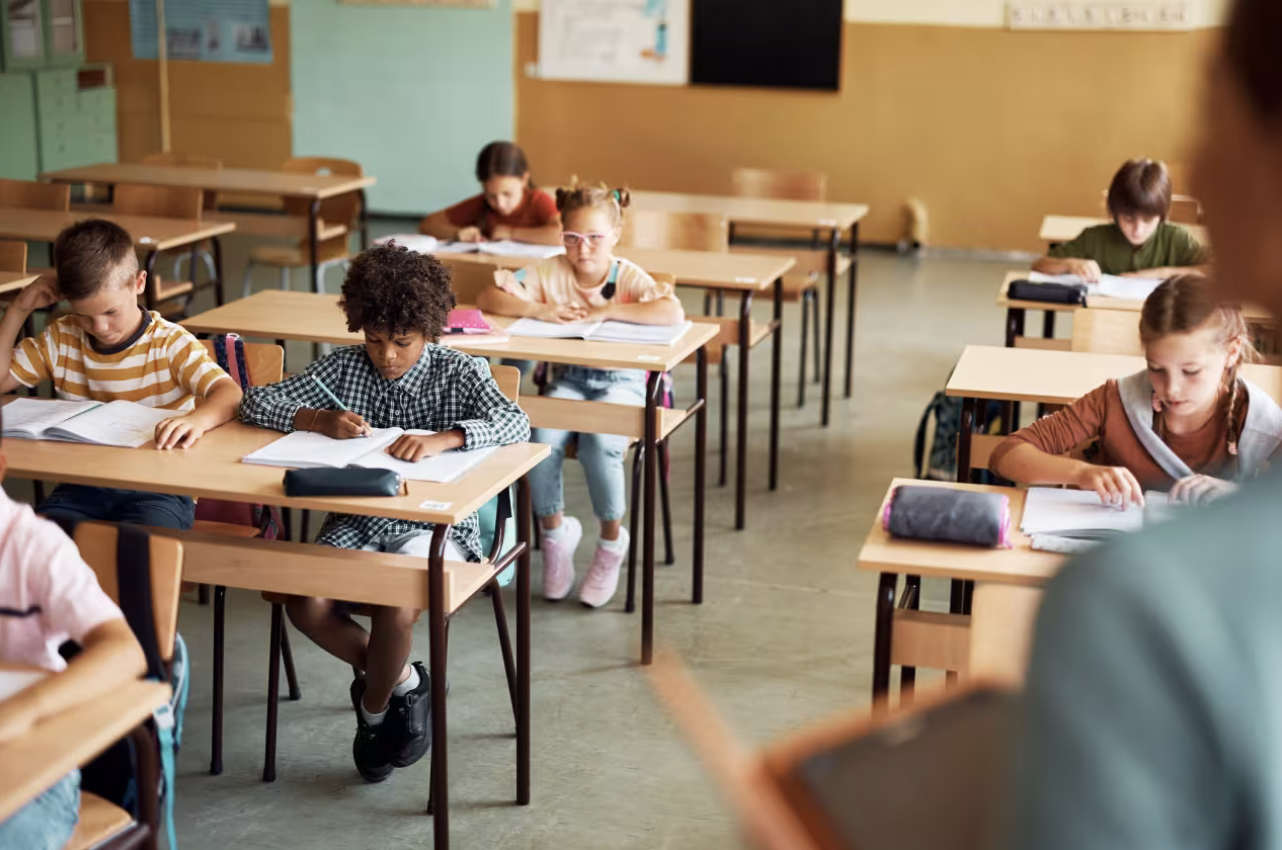By: The Editorial Board – wsj.com – January 29, 2025
NAEP reading scores continue to decline, years after Covid lockdowns.
That’s the bottom line from the 2024 National Assessment for Educational Progress (NAEP) report released on Wednesday. Fourth and eighth grade reading scores declined by two points on average since 2022—roughly as much as they did between 2019 and 2022. Some 33% of eighth graders scored below “basic” on the reading exam—a record low.
Eighth-grade math scores remained about the same as two years ago but were eight points lower than in 2019. The sliver of good news is that fourth-grade math scores increased by two points since 2022, but this doesn’t make up for the five-point drop between 2019 and 2022. The takeaway: Even with children back in school full-time, they still aren’t learning.
Worse, the achievement gap increased. High math performers in both grades scored better last year while low performers did worse or the same. Test scores for students scoring at the 75th and 90th percentiles in reading have marginally improved since 1992, but they’ve declined for students at the 10th and 25th percentiles.
Covid school shutdowns may be having a lagged effect. The National Center for Education Statistics, which administers the NAEP, notes that absenteeism still hasn’t returned to “pre-pandemic levels.” But the trend of academic decline began several years before Covid and is apparent on other standardized tests, as Nat Malkus of the American Enterprise Institute has noted.
Some education experts such as Harvard’s Tom Kane point to student mental-health problems, less test-based accountability and increasing screen time. No doubt spending hours on TikTok after or even during school doesn’t help learning. Neither do the “no homework” policies that many school districts have implemented.
Pouring more money into the public school system clearly isn’t helping. On average, public school districts nationwide spent $15,825 per student in fiscal 2023 compared to $10,724 a decade earlier, according to the Census Bureau.
Yet the teachers unions use their failure to deliver better results as an excuse for ever-more money. Union boss Randi Weingarten on Wednesday claimed the “stagnant” NAEP scores show the need for “expanding community schools to provide wraparound services”—e.g., social and healthcare services—and “securing investments for smaller class sizes, good ventilation and the tools and technology for 21st-century learning.”
Sorry, children aren’t doing worse because of bad air filters or old computers. They scored better without 21st-century technology. Declining performance is a resounding argument for giving parents freedom to take their tax dollars to schools that meet their needs. This is what states such as Iowa, Florida and Arizona have done by enacting education savings accounts.
The continued learning loss after the hundreds of billions of dollars schools received in pandemic largesse is a disgrace. All the more reason for Donald Trump and Republicans to take the lead on education and make the case for more choice and accountability.
To see this article in its entirety and to subscribe to others like it, please choose to read more.
 Listen Online
Listen Online Watch Online
Watch Online Find a Station in Your Area
Find a Station in Your Area










 Listen Now
Listen Now Watch Online
Watch Online
